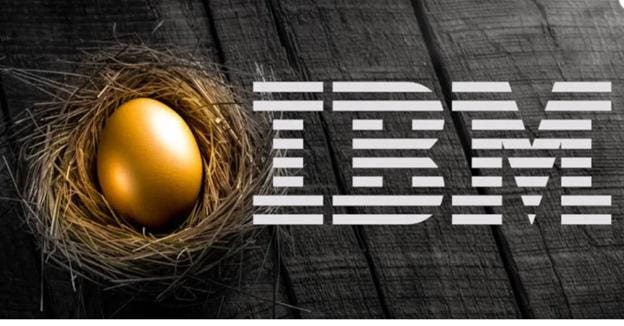Earlier this week, I wrote of the news that IBM
IBM
was reopening its defined benefit (DB) plan. Their announcement was noteworthy for two reasons—
- IBM is known for being a leader and changemaker in retirement funding, and
- Is IBM’s action a sign of a reversal of the decades-long trend of corporates moving from traditional DB pension plans?
I received inquiries on my column questioning whether the changes in IBM’s pension plan were good for employees, so I am writing this follow-up column to provide further perspective.
For background, according to recent AON statistics for S&P 500 DB plans, funding levels rose to 102.7 percent as of February 2023, compared to 78.4 percent in 2011. So DB plans are in significantly better funded status, allowing more choices to plan sponsors.
Clearly the action made good business sense for IBM because of its particular situation in which the frozen DB plan was over-funded, and they also were making significant annual matching contributions to employee 401(k)s. This pension plan change helped IBM’s bottom line and management clearly stated such during their January earnings call. Shareholders definitely benefitted.
What about employees?
Under the new arrangement, this is what we know:
IBM will no longer make the 6 percent of employee salary 401(k) contributions.
- Employees may keep their 401(k)s and add money to them, but without the inducement of a company match.
- Underlying investment allocation chosen by employee, and can use equity/fixed/ international, etc.
IBM will contribute 5 percent of employee salary (with an extra 1 percent bump up to 6 percent for the first year only) into the new cash balance plan.
- Underlying investment allocation by IBM into fixed income only.
- IBM guarantees a 6 percent return for first three years, then the yield on 10-year treasuries with a floor of 3 percent until 2034, then the yield on 10-year treasuries with no floor thereafter.
Summing up, under the new cash management plan, IBM employees are receiving 1 percent less in contribution ongoing after year one, and they no longer can invest as they wish. For employees that have longer time horizons favoring equity allocations, they will have to make those allocations elsewhere.
IBM voluntarily makes these retirement payments as an employer as part of their benefits package for employees. Under their new plan, the company continues making retirement payments to employees, albeit in a smaller amount and in a less flexible matter.
Read the full article here




